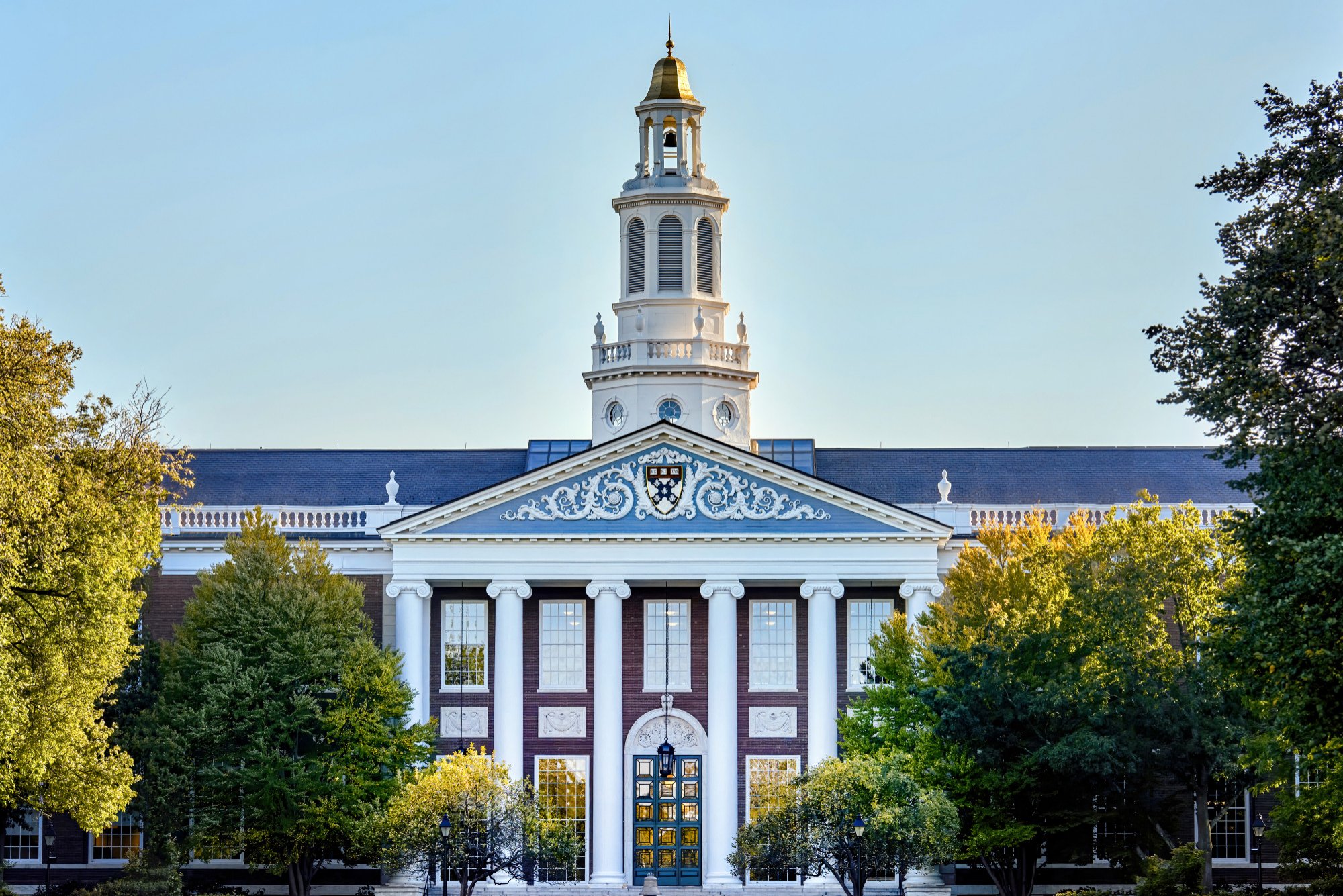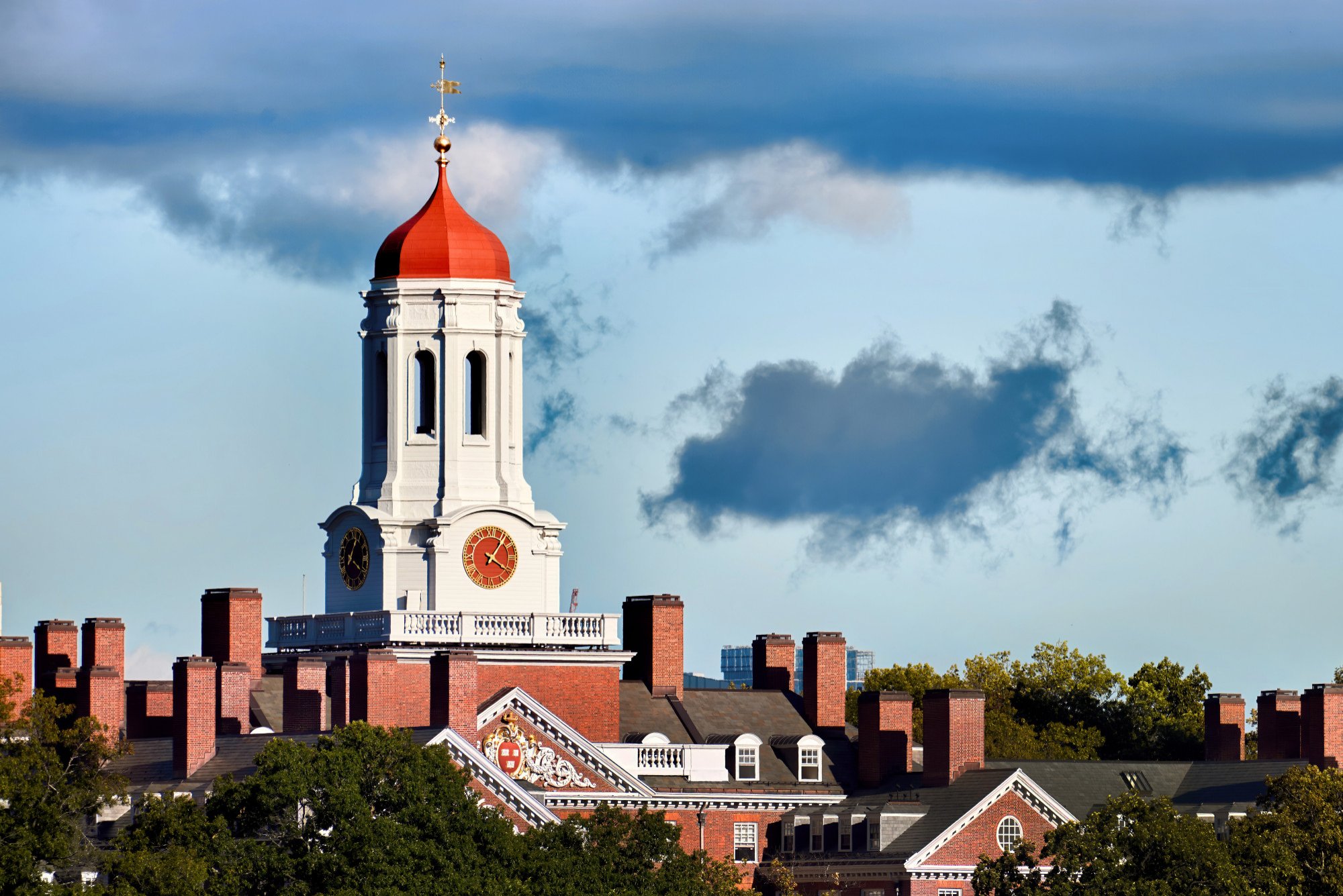There are thousands of higher education institutions in America, which is one of the most preferred countries for university education. It is possible to find a school according to your budget, taste and even your taste. But if you don't know what criteria to make these choices, what to consider when applying to the school you have chosen, and how to find financial support, this article is just for you.
American University Education Systems and Duration
The United States offers a diverse and flexible higher education system, which includes community colleges, liberal arts colleges, research universities, and professional schools. Undergraduate programs (Bachelor’s degrees) typically last four years, although accelerated programs or combined majors can sometimes reduce this to three years.
Graduate programs, including Master’s and Doctoral degrees, usually last one to three years and four to seven years, respectively, depending on the field of study and research requirements. Community colleges provide two-year associate degrees, which can later be transferred to four-year universities.
Many American universities integrate practical experiences, internships, and cooperative education (co-op) programs into their curricula, ensuring that students gain hands-on experience alongside theoretical learning.
Top University Rankings in the USA
The USA is home to a number of world-renowned institutions, consistently ranked among the best globally. Some of the top universities include:
-
Harvard University – renowned for law, business, and medical programs.
-
Massachusetts Institute of Technology (MIT) – top-ranking for engineering, technology, and innovation.
-
Stanford University – leader in entrepreneurship, computer science, and research.
-
University of California, Berkeley – highly respected for science, technology, and social sciences.
-
Yale University – famous for law, political science, and humanities programs.
-
Princeton University – top-ranked for research and undergraduate programs.
These institutions offer cutting-edge research facilities, strong alumni networks, and extensive opportunities for cultural and professional development.
Prominent Faculties and Departments in the USA
American universities offer a broad spectrum of faculties and departments to accommodate diverse academic interests:
-
Engineering and Technology – computer science, aerospace, electrical, and mechanical engineering.
-
Business and Economics – finance, management, international business, marketing, and entrepreneurship.
-
Health Sciences and Medicine – medicine, nursing, public health, pharmacy, and biomedical research.
-
Arts, Humanities, and Social Sciences – psychology, sociology, literature, political science, and history.
-
STEM and Natural Sciences – physics, chemistry, biology, environmental science, and mathematics.
-
Creative Arts and Media – film, graphic design, performing arts, and digital media.
Many programs also offer interdisciplinary options, enabling students to combine different fields and prepare for emerging sectors in the global workforce.
American University Application Periods and Dates
The academic calendar in the United States generally follows these patterns:
-
Fall Semester (August–December) – Most programs begin in late August or early September. Application deadlines typically range from December to March of the previous year.
-
Spring Semester (January–May) – Less common, with deadlines usually between August and October.
-
Summer Session (May–August) – Available at select institutions, with deadlines from January to March.
Applying early is highly recommended for international students, as it allows sufficient time to secure a visa, arrange accommodation, and prepare for relocation.
University Entry Requirements in the USA
Universities in the United States start education in late August or the first half of September. The academic year ends in May or at the latest in early June. It is compulsory for the student to attend school throughout the school year. In many universities, the academic year is divided into two equal parts called semesters. There is also a summer period. In some universities, the calendar year is divided into four equal parts. Students are free to participate in the summer semesters or not.
The most important requirements for admission to American universities are the student's level of knowledge, academic status, results in knowledge and ability tests, letters of reference, and being able to cover education and living expenses in the United States.
English Knowledge Level
One of the basic requirements of studying at American universities is knowing the English language to the extent that you can understand and follow the courses as well as an American student. It is not possible for a student who does not speak English very well to participate in any undergraduate, graduate or doctoral program in the USA. English level is measured with the TOEFL test.
Academic Status of the Student
In order to be admitted to any university, the student must be successful during his previous education. For example, a high school student applying for undergraduate education and a graduate student applying for university courses and grades are required to have transcripts. Many universities require a minimum GPA of B (7.5 out of 10 or 3 out of 4) as an admission requirement. There are many other universities that accept students with lower GPAs. Getting a degree (for example, being 4th out of 57 students) also plays an important role in admission.
Knowledge and Ability Tests
Students who want to study at American universities may be asked to take the tests listed below.
Reference Letters
The student's success in the courses, his attitude in the classroom, his cultural and social activities, his harmony with his friends, etc. These are the documents that indicate and recommend the student to the university.
Accommodation Options in America
Finding suitable accommodation and budgeting for living costs are important considerations for international students in the USA. Depending on your preferences, lifestyle, and budget, you have several housing options:
Campus Accommodation
Pros: Staying in university-owned housing is convenient, safe, and helps students integrate into campus life. Dormitories often include meals, utilities, and on-site support. Living on campus also provides opportunities to make new friends and participate in university activities.
Cons: Shared rooms and bathrooms may limit privacy. Noise can be an issue, particularly in undergraduate dorms. Graduate dormitories are usually quieter, but spaces are limited, so early applications are recommended.
Private Rentals or Apartments
Pros: Renting a private apartment or house offers independence, privacy, and more space. You can choose a compatible roommate to share costs and have more flexibility in your daily routine.
Cons: Students are usually responsible for utilities, internet, and other household expenses. Commuting to campus may require a car or public transport, and managing household chores can be time-consuming.
Living with Family or Homestays
Pros: Staying with a local family can ease adaptation to American culture and provide a comfortable living environment. Meals and basic chores are often included, making it ideal for students seeking a stable environment.
Cons: Privacy may be limited, and you must adhere to the family’s rules and schedule. Distance from campus may vary depending on the location of the host family.
Living Costs in America
Tuition fees and living expenses vary significantly depending on the institution and city. On average:
-
Tuition fees: $5,000 – $30,000 per year, depending on the program and type of institution.
-
Living expenses: $11,000 – $19,000 per year, including housing, food, transportation, and health insurance.
Monthly Living Expenses (Approximate):
-
Accommodation: $500 – $1,200 (dormitories or private rentals)
-
Food and groceries: $300 – $600
-
Transportation: $50 – $150 (public transport or fuel)
-
Health and insurance: $100 – $250
-
Miscellaneous: $100 – $200
Major cities like New York, Boston, and San Francisco tend to be more expensive, whereas smaller cities or towns offer more affordable living costs. Planning ahead and choosing accommodation carefully can help manage your budget effectively.
Health on Campus
Most college and university campuses offer some form of general medical care; Services range from basic first aid and treatment of minor ailments to sophisticated multi-doctor primary care centers that offer X-rays, lab tests, prescription drugs and access to specialists. The cost of on-campus medical services is normally not very expensive.
During your first week on campus, it is very important to bring a copy of your medical records (including vaccination and immunization records and prescriptions) to the school's health care center or infirmary.
Off-Campus Facilities for Healthcare
If you choose to visit an off-campus medical practitioner, you have several options (but the cost is usually higher). Private doctors treat non-emergency patients during normal business hours, usually by 9 am to 5 pm appointments. Small emergency clinics do not require an appointment and are often open on weekends and holidays. If you need to use a medical facility but are uncomfortable with your English skills, ask a friend to come with you. Correct communication is very important!
Working and Work Permit in the USA
Students with an F1 visa in the USA must attend academic programs in order to benefit from a work permit. Examples of these are the following programs:
- Certificate Programs in America
- Bachelor in the USA
- Master's in America
- Community College
Although a work permit cannot be obtained in many schools in the first year, a work permit can be issued with job opportunities on campus in general. As of the completion of the 1st year, students can be entitled to work off-campus in 3 different ways:
- CPT (part time work permit)
- OPT (full time work permit)
- STEM OPT extension (full-time work permit)
CPT is the type of work permit to be used if students have a work permit while studying. It can be used part-time during training. OPT, on the other hand, is a full-time work permit that students can use after graduation. OPT takes exactly 1 year. STEM OPT extension, on the other hand, is the name given to the 2-year work permit that students who graduate from STEM programs receive additionally after OPT.
Our Partner Universities
Here are some of our partner schools that offer annual scholarship opportunities and discounts. Please contact our consultants for current price information and note that since new schools are constantly being added to our partner university portfolio, we recommend that you contact us if you cannot find the university you are looking for in the list.
| Adelphi University | Montclair State University, New Jersey-NY |
| American University | New York Film Academy |
| Arizona State University | Oregon State University |
| Arts University of San Francisco | Pace University |
| Auburn University | Queens College CUNY |
| Cleveland State University | Roosevelt University |
| Connecticut University | Simmons University Boston |
| Florida International (UG Only) | U-Mass Amherst (Graduate) |
| George Mason University (UG) | University of Buffalo (UG) |
| Gonzaga University | University of Central Florida |
| Hofstra University | University of Illinois, Chicago |
| Illinois State University | University of Palm Beach Atlantic |
| Johns Hopkins University | Florida Atlantic University |


























 +1 416 639 01 06
+1 416 639 01 06